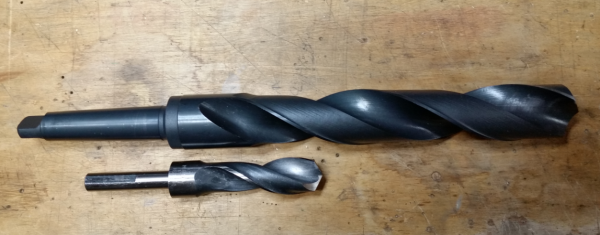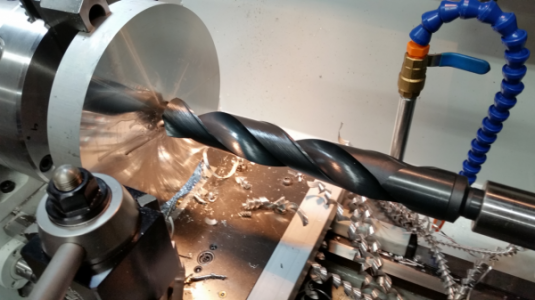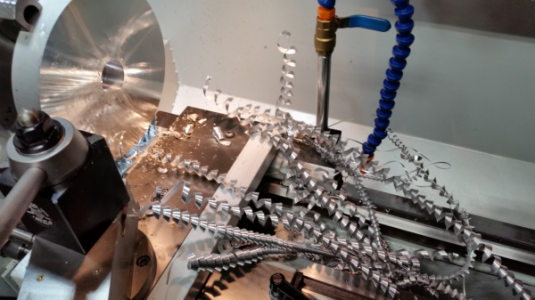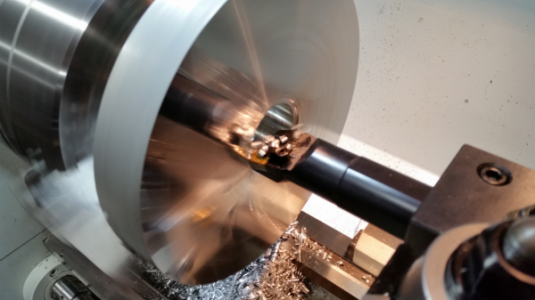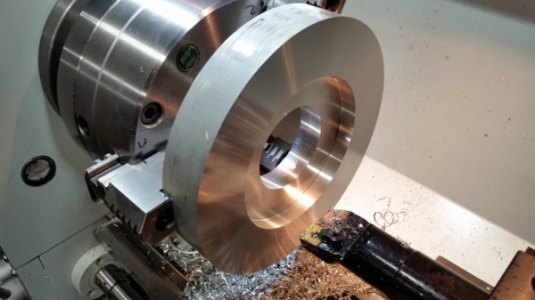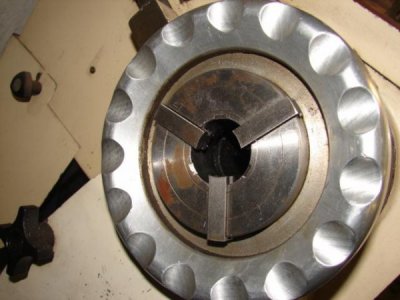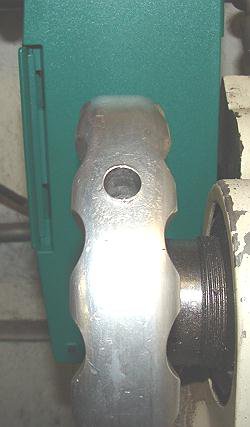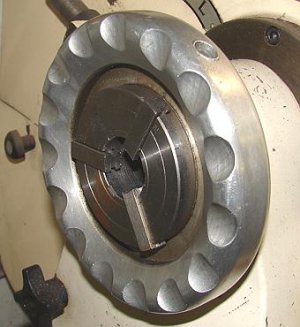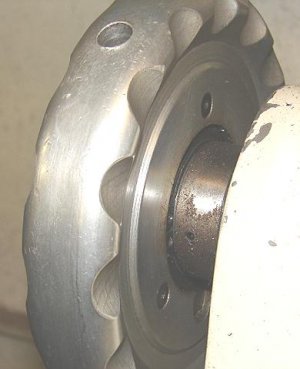0
09kevin
Forum Guest
Register Today
banned for 1.5 months for suggesting someone buy it, particularly when they ask for assistance with how to make it.
Another good idea for collet closer hand wheels is to put some radial holes in from the O.D. so a round bar can be used as an extension lever if it gets stuck
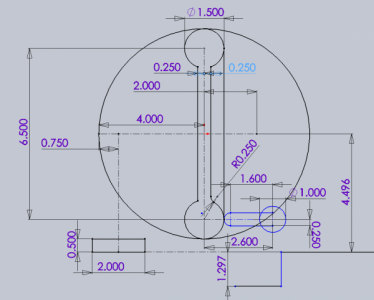
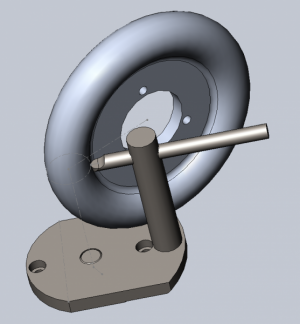
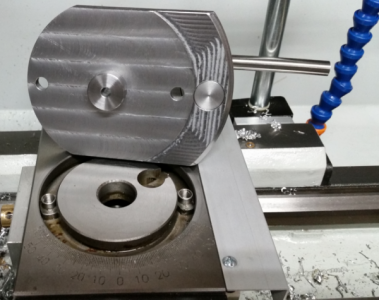
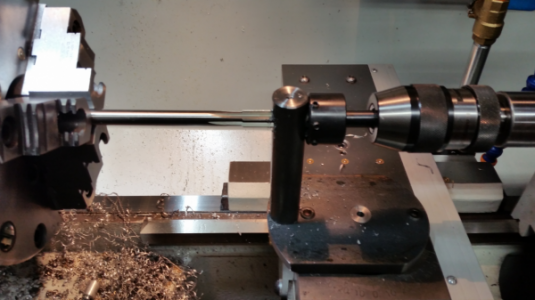
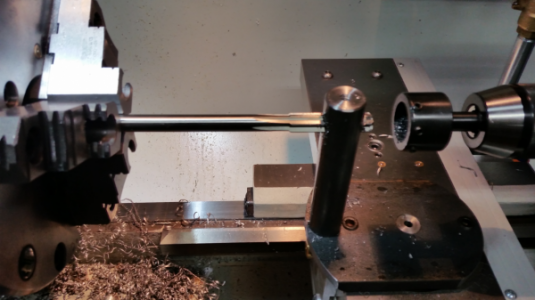
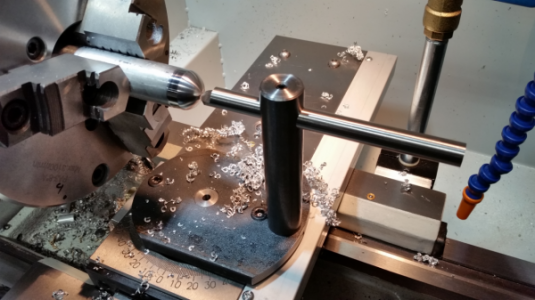
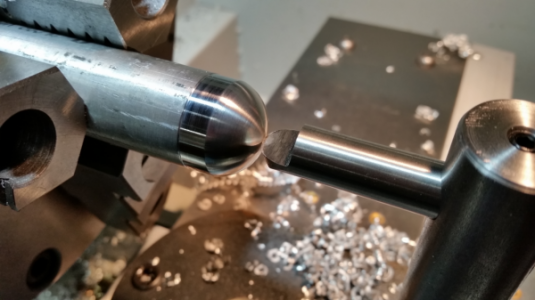
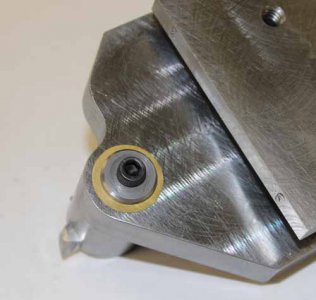
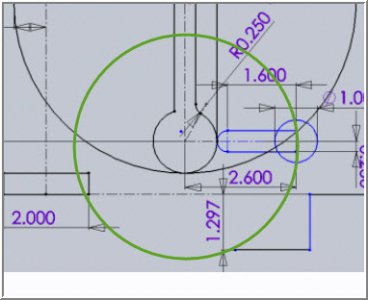
Looks great! One suggestion to consider (or maybe you have already dealt with this in a different way). On my little hemi-cutter, I inserted a brass shim washer & used Locktite blue on the bolt thread. This was cheapo way to set an appropriate amount of friction between the base & pivot post. It needs to slide/rotate, not sticky tight but also not loose. If the joint loosens up (in my case bolt loosened a bit) the tool can chatter. That might be amplified on your radius tool with the taller pillar & tougher material.
I'm still trying to get my head around the cutting motion. Do you set the plate up so the cutting is centered like green circle overlay? So to graduate cuts you just move the carriage X-axis from right to left like a regular ball cutter & cut from web tangent point to ~6-oclock position... then flip the plate to do the other side?
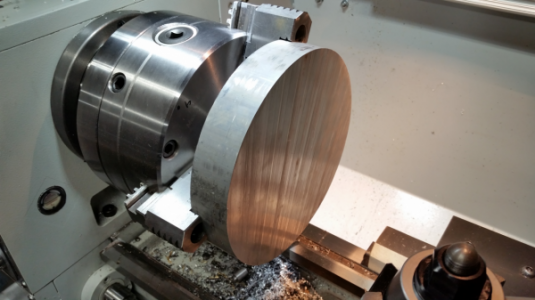
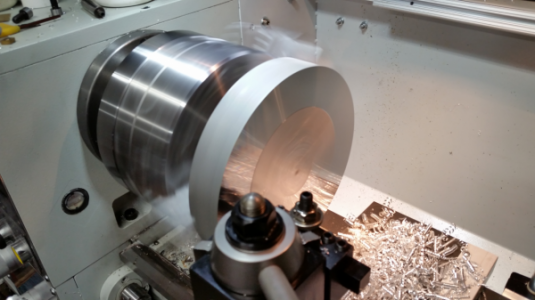
 The 1.5" next to a 1"
The 1.5" next to a 1"